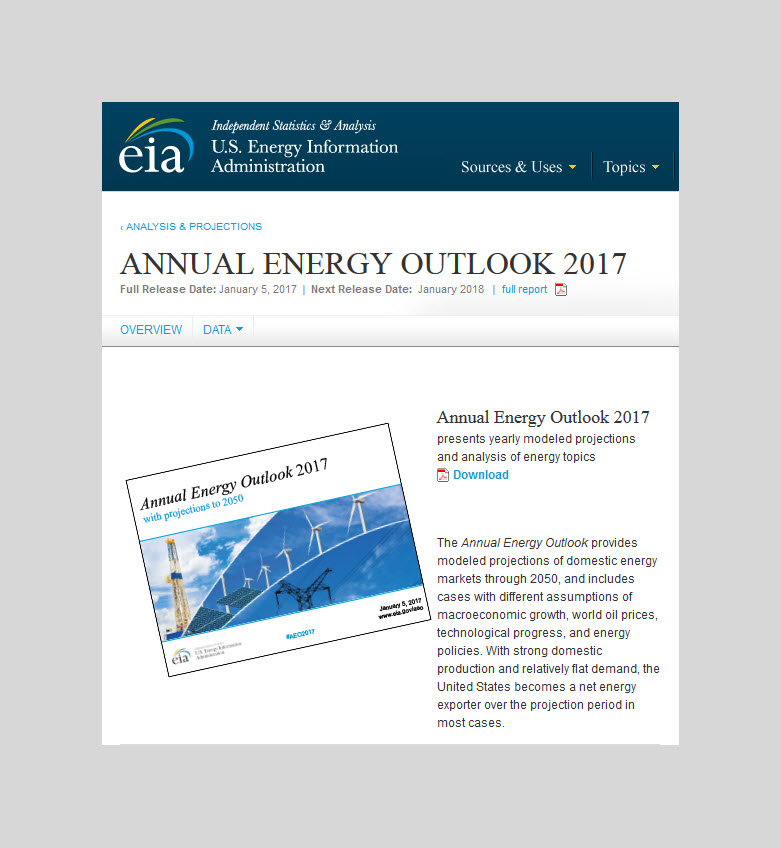The U.S. Energy Information Administration (EIA) is forecasting an increase in average U.S. household expenditures for natural gas, heating oil, electricity, and propane through March 31 of this winter over last. The temperatures this winter, according to data from the National Oceanic and Atmospheric Administration (NOAA), are 3% warmer than the last 10 years overall, but colder than the winter of 2015/2016.
Average household expenditures are expected to be higher by the following percentages this winter:
- Heating oil: 38%
- Propane: 26%
- Natural gas: 22%
Why? This is mainly due to higher than expected heating demand coupled with higher fuel prices. On the flip side, costs for heating oil and propane this winter are looking to be 32% and 18% lower, respectively, than the last five winters before last.
Petroleum and liquid fuels
- U.S. crude oil production is expected to average 8.6 million b/d in 2017, which is nearly 0.1 million b/d higher than the previous forecast.
- Average U.S. gasoline prices in September increased by 4 cents/gallon (gal) to about $2.22/gal, due in large part to refinery outages and pipeline disruptions. Gas prices are on track to fall an average of $1.97/gal in January 2017, with average prices settling at around $2.26/gal for this year.
Natural gas
- Natural gas is predicted to increase by 3.7 Bcf/d in 2017.
Electricity, coal, renewables, and emissions
- Expected share of U.S. total utility-scale electricity generation from natural gas will average 35%, with the share from coal averaging slightly less at 30%. In 2016, both natural gas and coal were responsible for 33% of total U.S. electricity generation. This year, natural gas prices are expected to increase. Non-hydropower renewables will comprise 9% of electricity generation in 2017.
- Coal exports declined by 26% in 2016 to their lowest point since 2006. They will decline even more this coming year by 5%.
- Solar generating capacity experiences an annual growth rate of 39%, the highest among renewable electricity sources.
- Carbon dioxide emissions in 2016 were at their lowest point since 1991.
Curious to learn more? Call Taylor Oil to ask questions about the current state of the energy market, or to schedule a delivery.



